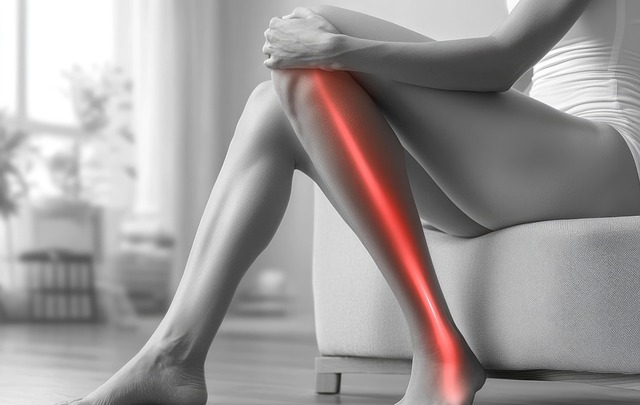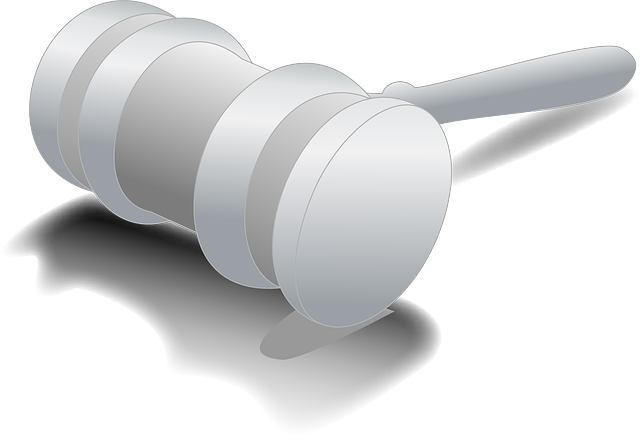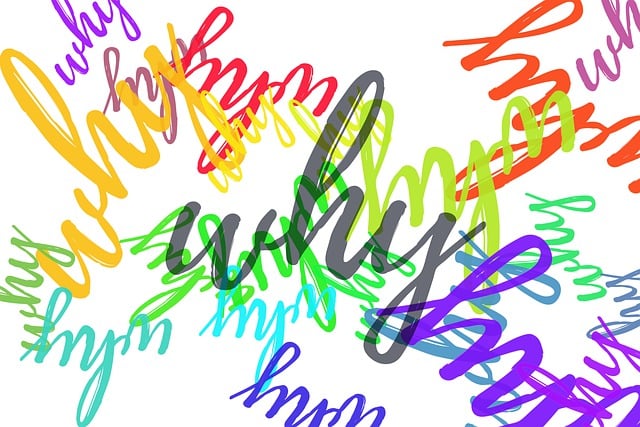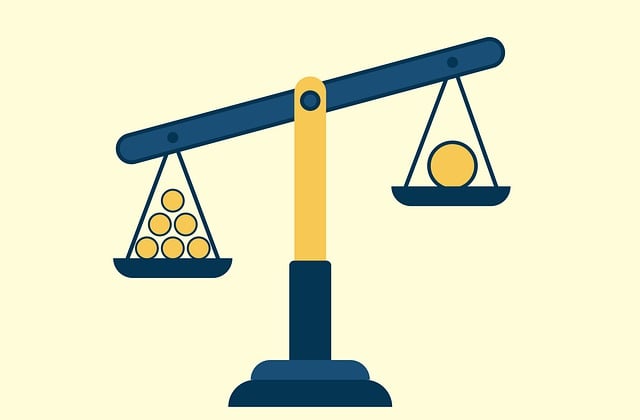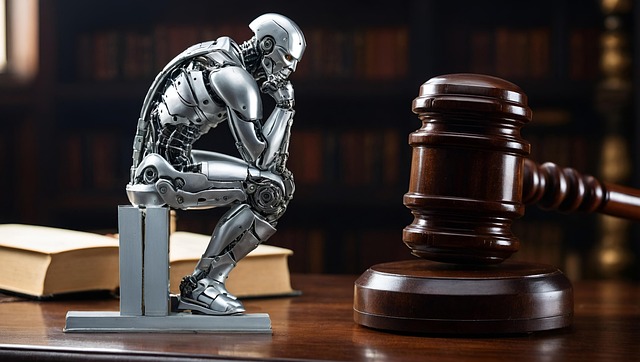Workers comp lawyers leverage surveillance evidence, captured via cameras and monitoring systems, to corroborate client testimonies and strengthen cases. This data analysis requires adherence to legal guidelines, especially in nursing home neglect cases. Collaboration between lawyers and experts enhances claims presentation and arguments. While beneficial for compensation assurances, surveillance use raises privacy concerns, necessitating strict guidelines, relevant case application, and protection from misuse, especially in non-intrusive investigations like accidents or slips and falls.
In the realm of workers’ compensation law, surveillance evidence plays a pivotal role in fostering justice. As workers comp lawyer teams navigate complex cases, understanding how to leverage surveillance footage is paramount. This article delves into the intricacies of surveillance evidence, exploring its significance in workers comp cases. We examine the multifaceted roles of lawyers and experts in interpreting videos, while also addressing the ethical considerations and challenges surrounding this powerful tool.
- Understanding Surveillance Evidence in Workers Comp Cases
- Roles of Lawyers and Experts in Interpreting Surveillance Footage
- Ethical Considerations and Challenges in Using Surveillance Data
Understanding Surveillance Evidence in Workers Comp Cases
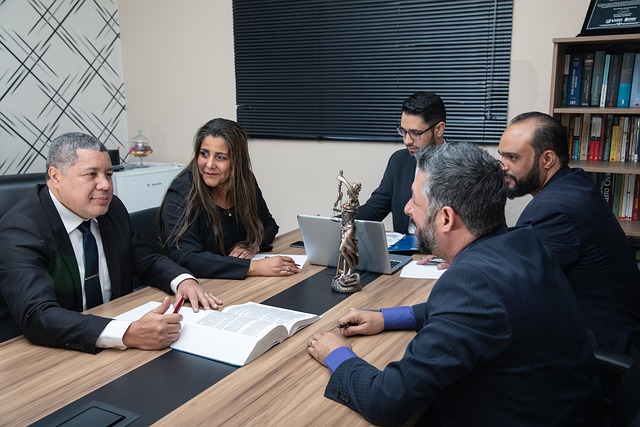
In workers comp cases, surveillance evidence plays a pivotal role for teams led by experienced workers comp lawyers. This type of evidence involves the use of cameras and other monitoring systems to capture incidents or behaviors relevant to the claim. It can range from security footage documenting workplace accidents to covert recordings that shed light on alleged misdeeds like nursing home neglect or fraudulent claims. By analyzing these visuals, personal injury lawyers can corroborate client testimonies, identify patterns, and strengthen their cases.
Understanding surveillance evidence requires a nuanced approach. While it offers powerful insights, its admissibility in court depends on compliance with legal guidelines. Elder law principles, for instance, dictate how such evidence can be used when involving the vulnerable populations common in nursing home neglect cases. Workers comp lawyer teams must therefore ensure ethical and legal standards are met to effectively utilize surveillance evidence without compromising the integrity of the legal process.
Roles of Lawyers and Experts in Interpreting Surveillance Footage
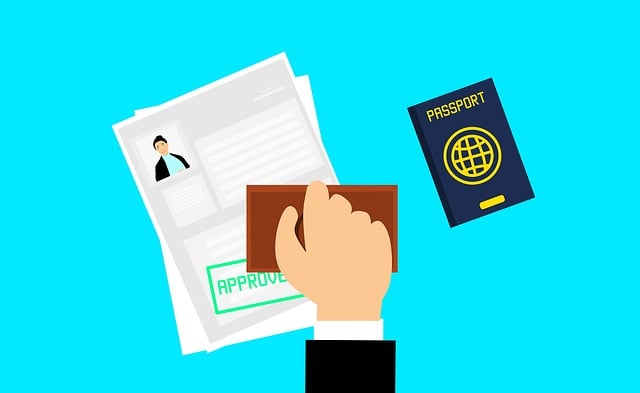
When workers comp lawyer teams employ surveillance evidence, a crucial collaboration unfolds between legal professionals and experts. Lawyers play a pivotal role in gathering and presenting this evidence in court, ensuring its admissibility and effectively communicating its implications to judges and juries. Their expertise lies in interpreting the footage to uncover relevant details that can strengthen their clients’ claims for compensation.
Experts, on the other hand, are vital for providing in-depth analysis of surveillance videos. They possess specialized knowledge in fields like biomechanics or accident reconstruction, enabling them to offer insights into the events depicted. For instance, a car accident lawyer might rely on an expert to assess speed and driving patterns from surveillance footage, ultimately enhancing the legal argument. This collaboration ensures that workers comp cases are built on solid, evidence-based foundations, leading to more just outcomes for all parties involved.
Ethical Considerations and Challenges in Using Surveillance Data

The use of surveillance data by workers’ comp lawyer teams presents a double-edged sword. While it can provide invaluable evidence to support claims and ensure proper compensation for injured workers, it also raises significant ethical considerations. The primary challenge lies in striking a balance between gathering essential information for legal cases and respecting privacy rights. Workers’ comp lawyers must adhere to strict guidelines when utilizing surveillance footage, ensuring that the data is obtained legally, used only for relevant purposes, and protected from unauthorized access or misuse.
Moreover, the context in which surveillance evidence is employed is crucial. It should be reserved for genuine case investigations, especially in situations like truck accidents or slip and fall injuries where it can provide clarity on liability. However, using such data to invade privacy or gather irrelevant information can lead to severe ethical and legal repercussions. Homeowner insurance claims, while not directly related to workers’ comp, highlight the broader issue of surveillance ethics, underscoring the importance of transparency and justifiable reasons for monitoring in any legal context.
Surveillance evidence plays a significant role in strengthening cases handled by workers’ compensation lawyer teams. However, its ethical usage demands careful consideration and expert interpretation. As these legal professionals navigate the complexities of surveillance footage, they must ensure fairness while advocating for their clients’ rights, making it a crucial aspect of successful workers’ comp lawyering.
